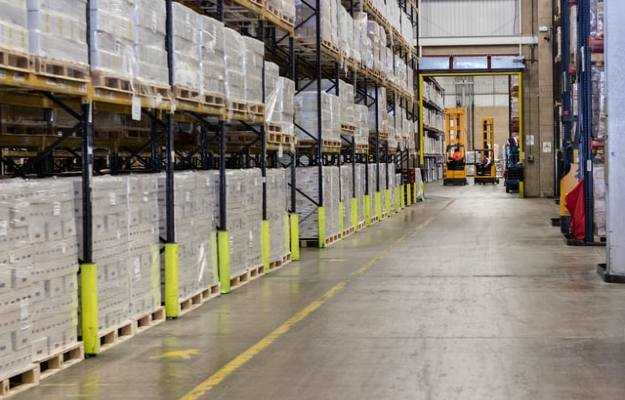As the scientific community around the world inches closer to developing an effective vaccine for COVID-19, several questions are arising over the best way to take this vaccine to the people.
As of September 2020, more than 300 vaccines are in various stages of development—they are being watched closely by the public health and government authorities of their respective countries as well as international organizations like GAVI, the Vaccine Alliance, and the World Health Organization (WHO).
Read more: How are vaccines made
Several timelines have been drawn up as to when an effective vaccine will be available and ready to administer to billions of people around the world. However, many things should be kept in mind when it comes to the distribution of the successful vaccine.
The editorial members of the peer-reviewed scientific journal The New England Journal of Medicine held a debate over how public health authorities determine the roll-out of vaccines to the public and things to remember in the case of COVID-19. Stephen Morrisey, managing editor of the journal, along with editor-in-chief Eric Rubin and deputy editor Lindsey Baden, took part in the debate around the deployment of the much-awaited COVID-19 vaccine. This article draws on their conversation and other reports on how vaccines are distributed and key determining factors for who can be vaccinated and who gets the vaccine on priority.
As things stand, more than 34 million people have been infected by the 2019 coronavirus infection (6.3 million in India alone). Globally, over one million people have died due to complications of the viral infection that was first discovered in Wuhan, China, late last year.


















































